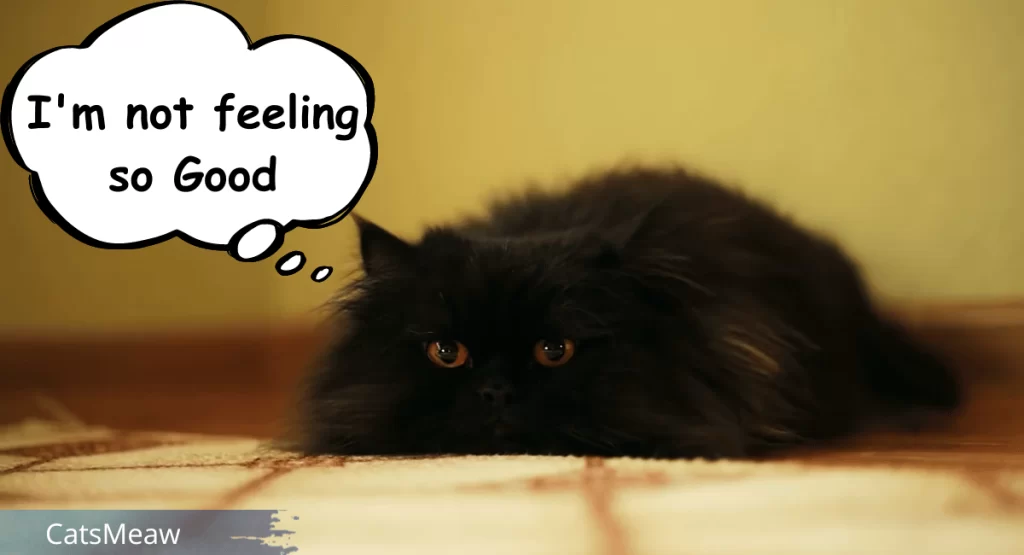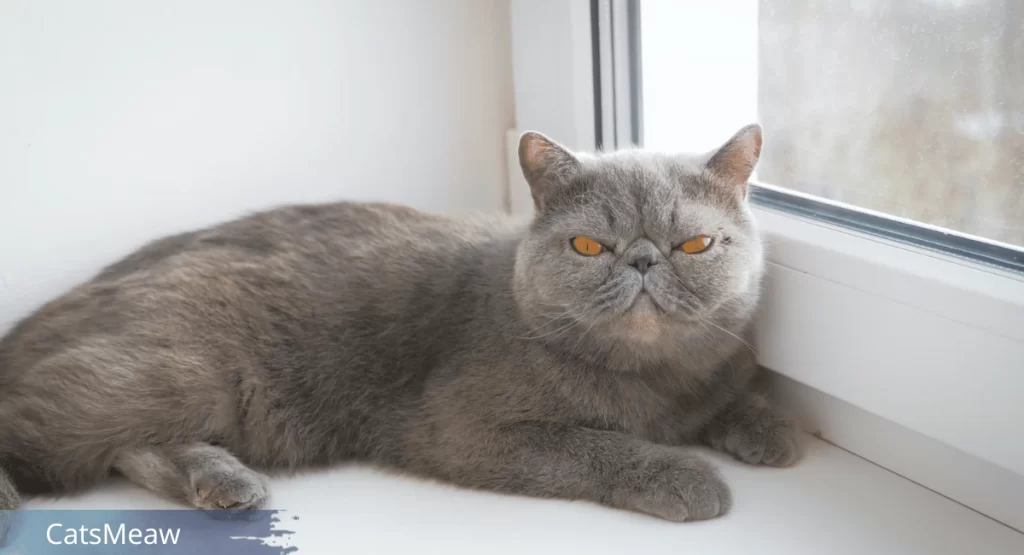In the realm of feline companionship, understanding and recognizing the signs of common cat illnesses is paramount for every cat owner. Our furry friends, with their playful antics and purring affection, become integral members of our families. Yet, they are also adept at masking their vulnerabilities, including their health issues, making it crucial for us as caretakers to be vigilant and informed.
This article aims to shed light on the five most prevalent ailments affecting cats, offering insights into their symptoms, implications, and the steps we can take to prevent or manage these conditions effectively.

Cats, like any other pets, are susceptible to a range of health problems, some more common than others. These issues can vary widely in their severity and impact on the cat’s overall well-being. By familiarizing ourselves with the most frequent illnesses, we can better safeguard our feline companions, ensuring they lead long, healthy, and happy lives by our sides. The journey into understanding begins with recognizing the signs that something might be amiss in our cat’s health.
Table of Contents
Signs and Symptoms of Common Cat Illnesses
Observing our cats closely can reveal much about their health status. Several indicators should prompt immediate concern and a subsequent visit to the veterinarian. For instance, a noticeable decrease in appetite or reluctance to eat, changes in bathroom habits, or an evident loss in weight are all red flags. Similarly, behavioral changes such as increased lethargy, decreased interaction, or unusual aggression can also signify underlying health issues.
The 5 Most Common Cat Illnesses
Physical symptoms also provide critical clues. Persistent coughing, sneezing, discharge from the eyes or nose, difficulty breathing, or any signs of discomfort while urinating should raise alarms. On the surface, these symptoms might not appear severe, but they can denote the onset of more significant health problems requiring prompt attention. Now, let’s delve into the specific and common cat illnesses that afflict our feline friends, starting with respiratory infections.
Feline Upper Respiratory Infection (URI)
Feline Upper Respiratory Infection (URI) is akin to the common cold in humans but with potentially more severe implications for our feline counterparts. This ailment is highly contagious among cats, especially in environments where they live in close quarters, such as shelters or multi-cat households. The primary culprits behind URIs are the feline herpesvirus and calicivirus, which account for a significant majority of these infections.
Symptoms of URI include sneezing, nasal congestion, conjunctivitis (inflammation of the eye lining), and discharge from the nose or eyes. Cats might also develop a fever, exhibit lethargy, or show a decreased interest in food due to their diminished sense of smell. Early intervention with supportive care and, if necessary, antiviral medications can greatly alleviate the symptoms and prevent more severe complications.
Related: Cat is in Pain: Best 10 Way To Know About It
The contagion aspect of URI underscores the importance of vaccination and proper isolation of affected cats to control the spread within a cat community. Regular veterinary check-ups and vaccinations play a crucial role in preventing the onset of such infections, highlighting the need for proactive health management in feline care.
Feline Lower Urinary Tract Disease (FLUTD)
Moving from respiratory to urinary concerns, Feline Lower Urinary Tract Disease (FLUTD) represents a spectrum of conditions affecting the bladder and urethra. This complex cat disease can be distressing for both the cat and the owner, as it often leads to uncomfortable and potentially dangerous symptoms. Cats suffering from FLUTD may struggle to urinate, produce only a small amount of urine at a time, or show visible signs of pain during urination, such as meowing or straining.

The causes of FLUTD are multifaceted and can include urinary tract infections, bladder stones, or urethral blockages, among others. Stress, obesity, and a diet primarily consisting of dry food have also been linked to an increased risk of developing FLUTD. Given the severity and potential for life-threatening complications, such as a complete urinary blockage, immediate veterinary care is essential.
Management and prevention of FLUTD often involve dietary changes to promote a more diluted urine, stress reduction, and in some cases, medication to control pain and inflammation. Regular monitoring and veterinary check-ups can help catch any recurrences early and adjust treatment plans as necessary.
Feline Leukemia Virus (FeLV)
One of the most common cat ilnesses is the cat Leukemia Virus (FeLV), a disease that impairs the cat’s immune system and can lead to a myriad of secondary health issues, including cancer. FeLV is transmitted through close contact among cats, such as grooming or sharing food and water dishes. The virus can also be passed from an infected mother to her kittens.
Symptoms of FeLV may not appear immediately, as the virus can remain dormant for months or even years. However, once active, it can cause a wide range of health problems, from mild infections to severe anemia or lymphoma. Cats might exhibit weight loss, persistent fever, lethargy, and a noticeable decline in overall health.
Prevention through vaccination and minimizing exposure to infected cats is critical in the battle against FeLV. Regular veterinary screenings for FeLV can also help in early detection, providing a better chance for effective management and care of affected cats.
Feline Immunodeficiency Virus (FIV)
Closely related to FeLV in its effects on the immune system, cats Immunodeficiency Virus (FIV) similarly puts cats at risk for opportunistic infections and cancers. However, FIV is primarily transmitted through bite wounds, making it more common among outdoor cats or those in aggressive encounters. Unlike FeLV, there is no vaccine for FIV, making prevention through management of the cat’s environment and interactions a key strategy.
Cats infected with FIV may not show symptoms for years. When signs do develop, they can include recurrent minor illnesses, such as skin or urinary infections, along with more severe conditions like chronic kidney disease or neurological disorders. Supportive care tailored to the individual cat’s needs is paramount, along with regular veterinary care to monitor the progression of the disease and address any secondary health issues promptly.
Feline Panleukopenia (FP)
Feline Panleukopenia, also known as feline distemper, is a highly contagious and often fatal viral disease, especially in kittens. The virus attacks rapidly dividing cells, significantly impacting the bone marrow and intestinal tract. This leads to a severe decrease in white blood cells, compromising the cat’s ability to fight off infections. Symptoms include sudden onset of fever, lethargy, loss of appetite, vomiting, and diarrhea.
Related: Best Cat Supplements for a Healthy Cat
Vaccination has made FP much less common than it once was, but outbreaks can still occur, particularly in places with high cat populations and low vaccination rates. Immediate veterinary care is crucial, as the disease can progress rapidly. Treatment focuses on supportive care, such as fluid therapy and antibiotics to prevent secondary infections, offering the best chance for recovery.
Prevention and Treatment of Common Cat Illnesses
Preventative care stands as the cornerstone of feline health, encompassing regular veterinary check-ups, vaccinations, and a lifestyle that minimizes stress and maximizes well-being. A balanced diet, access to clean water, and an enriching environment contribute to a robust immune system capable of warding off diseases. When illness does strike, early detection and prompt treatment can make a significant difference in outcomes, highlighting the importance of being attuned to our cats’ health and behavior.
Conclusion
The bond we share with our feline friends enriches our lives immeasurably. In return, it is our responsibility to ensure their health and happiness through proactive care and vigilance against common cat illnesses. By educating ourselves on the signs, symptoms, and preventative measures, we can provide our cats with the long, healthy lives they deserve. Let’s commit to being the best caregivers for our purring companions, safeguarding their well-being with every resource at our disposal.
